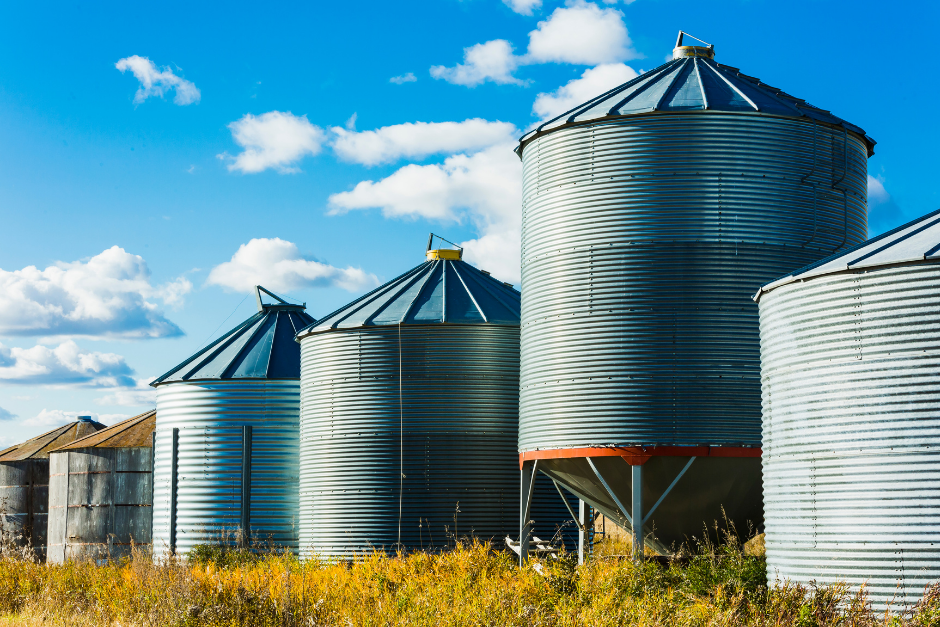It may surprise people to learn that farms are among the most hazardous workplaces. Not only agricultural workers but also their family members who live on the farm are at significant risk for fatal and nonfatal on-the-job injuries.
According to the Bureau of Labor Statistics, each year about 500 agricultural workers in this country die in farming accidents. Most of these are associated with farm vehicles and equipment. In recent years, there has also been an increase in grain bin entrapments and fatalities.
According to a 2020 article in the Wisconsin State Farmer, in 2017, 23 grain entrapments and 12 deaths were recorded; in 2018, 30 grain entrapments and 15 deaths were recorded; and in 2019, 38 grain entrapments led to 23 deaths. Total grain entrapments rose by 65% over that 3-year period. This is a concerning spike, although experts acknowledge that it may in part be linked to weather conditions that did not allow grain to fully dry during those years.
When Accidents Happen
Farmers typically store grains such as corn and soybeans in elevated bins from the time of harvest in the fall or early winter to use as feed or to sell in the spring or summer.
In a typical year, the grain is air-dried during storage and, when needed, an auger stirs the dry grain so they flow steadily from the bottom of the bins onto a conveyor.
To keep the grain flowing, farmers sometimes must enter the bins to break up clumps or clogs. With one miss-step they become entrapped and are quickly unable to escape.
Grain is not like water, but more like quicksand. You cannot swim your way out of it, nor can you climb out. It only takes five seconds to become trapped. Within 20 seconds, an individual will become completely engulfed by the grain. The weight of the grain is tremendous. In a situation where the victim is engulfed up to their neck, it is impossible to pull them out. At the same time as the grain becomes tightly packed, there’s little room for air. Long before the weight and pressure of the grain can crush an engulfed person, they are more likely to die from suffocation.
The level of risk increases when machinery such as an auger is running and the grain is flowing, making it more likely that someone in the bin will be pulled down into the moving grain and suffocate.
Basic Safety Practices
The Occupational Safety and Health Administration (OSHA), requires larger agricultural operations to develop robust safety policies, an Emergency Action Plan and provide annual safety training to employees who work in grain handling facilities. However, more than two-thirds of US grain is stored on farms without OSHA standards for safety protocols. Here, it is up to farmers to put safety rules in place to prevent injuries and death.
Safety practices everyone should follow:
- Post warning signs on bins and at all entry points to make everyone aware of the hazards.
- Restrict access to bins and piles so that unauthorized people and youth can’t enter. Keep children out of the area.
- Work from outside the bin and above the highest point of grain.
- Aim for zero entry into the bin.
- If entry is required, use proper safe entry procedures:
- Limit entry to a person who is specifically trained to follow safety protocols.
- Lock out all grain unloading equipment to ensure that augers and other equipment are disconnected and de-energized.
- Remain close to the bin walls.
- Have an observer present who is trained in rescue procedures.
- Use a life harness.
- Have a bin ladder and safety rope at the ready for emergency exit.
- Wear a dust filter or respirator to filter out grain dust.
Every farm should have a comprehensive written safety policy that includes procedures related to entering and working in the grain handling facility. This should include a permit system that requires a signed document before someone enters the bin. The plan should spell out fall protection and other methods to protect workers from entrapment, such as lifelines and harnesses and specific anchor points. It should also include a detailed rescue plan that defines who will take the lead in a rescue, and how local first responders will be briefed about the correct procedures for the site.
Storage bins are essentially simple, but the hazards they contain call for a safety plan that is anything but. Taking time to develop a comprehensive plan, and properly train workers will significantly reduce the potential for accidents, damage, and injuries.
Contact your local TSS Inc. office for any in-depth training on grain bin safety, or any other safety-related needs.

